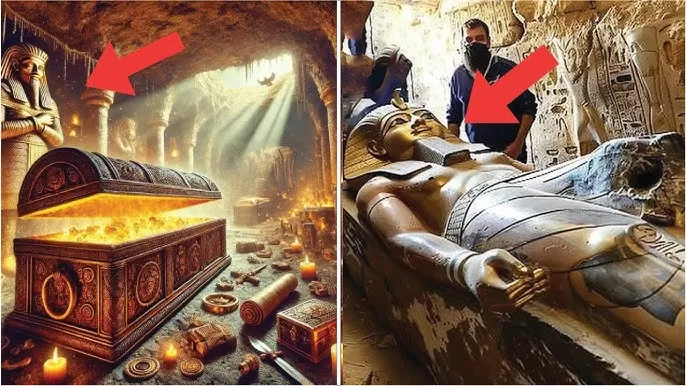

Among the most notable finds are objects of gold, ivory, and precious stones, as well as inscriptions in ancient Hebrew mentioning the name of Solomon and his famous temple. Scrolls containing religious and philosophical texts were also found, potentially shedding new light on the biblical period.

The discovery has also sparked debate in the academic and religious communities. Some experts suggest that the artifacts could confirm aspects of the biblical narrative that until now were considered more legendary than historical. Others caution against proceeding with caution, as the interpretation of these finds could be controversial.

“This could be as significant as the discovery of the Dead Sea Scrolls,” commented Professor James Whitaker, a historian at the University of Cambridge. “However, we must remember that every discovery raises as many questions as it answers.”
Since the discovery was announced, there has been growing international interest. Museums, universities, and religious groups from around the world are requesting access to study the artifacts. Israeli authorities have assured that a careful approach is being taken to preserve the integrity of the objects.
The Israeli Ministry of Culture has stated that they plan to display some of the artifacts in a soon-to-open museum in Jerusalem, while others will remain under academic research.
As work continues on the tomb, it becomes clear that this discovery could have a lasting impact not only on archaeology and history, but also on how people understand their shared past.